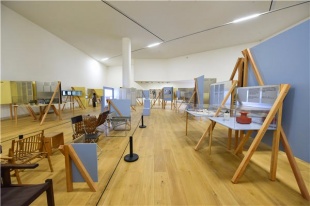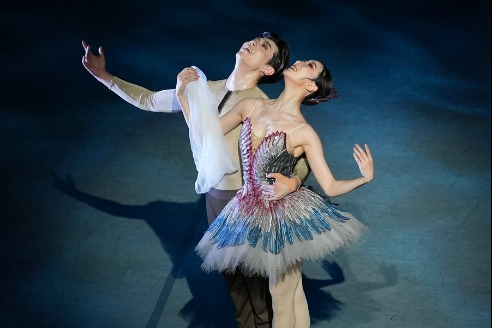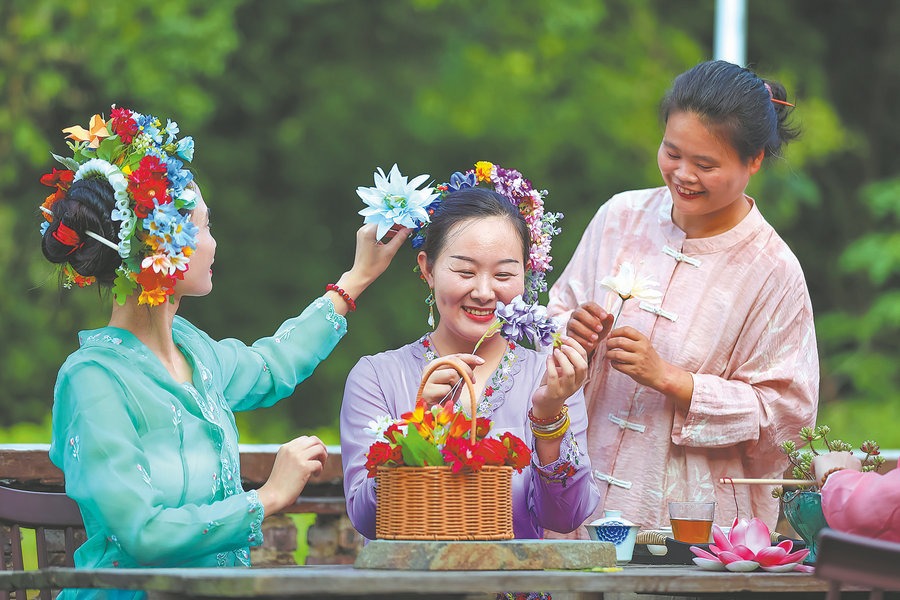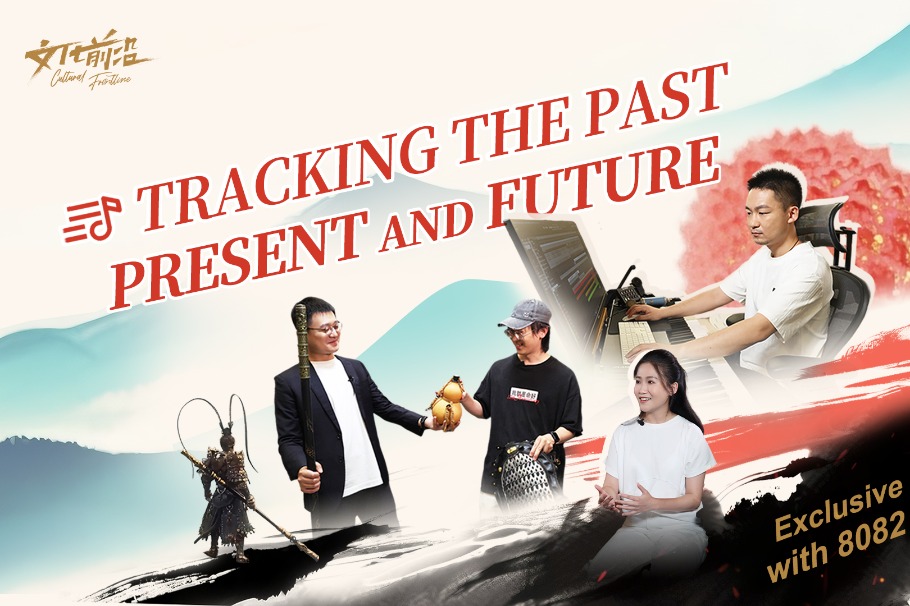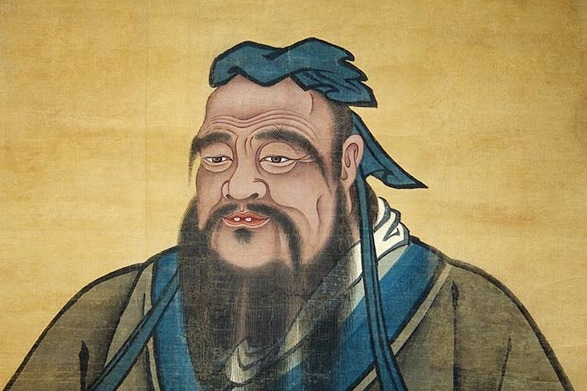Bauhaus spirit lives on

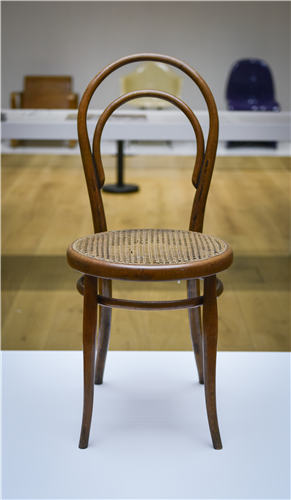
Works by designer Massimo Osti were first shown to display how fashion gets mixed with innovation and functionality. Osti is best known as a pathfinder from the early 1970s, when he designed a T-shirt collection that used screen printing.
For the opening of the China Design Museum, 85-year-old Siza, who designed its architecture, also held a solo exhibition in the venue, in which 26 architecture models, spanning his earliest works in the 1950s to unfinished works today, were displayed.
"And, other than the architecture and the solo exhibition, you can find Siza's designs everywhere in the museum," Yuan says with a smile. "For example, the chairs you are sitting on (in a conference hall) are his signature works."
A bigger role to play
According to CAA deputy director Hang, who also is in charge of the museums affiliated with the academy, artifacts in design museums are significantly different from those in art museums.
"They're neither sublime nor high-end," Hang says. "They're close to our daily life.
"Through the exhibitions, we are no more teachers to deliver knowledge on design history," he says. "We want to usher people to discover why these artifacts were used in the past and how our life got changed thanks to development of technology."
Hang also expects the new museum to benefit the Chinese design industry and spark new ideas.
Yuan says upcoming exhibitions will also feature Chinese modern industry designs, even though the main collections are from the West.
"We need a global horizon because modern design first rose in the West," Yuan says. "However, we also need to frequently look back on our own traditions and value our own change from more perspectives."
In 2015, the CAA's Folk Crafts Museum opened on the Xiangshan Campus to display traditional Chinese craftsmanship.


